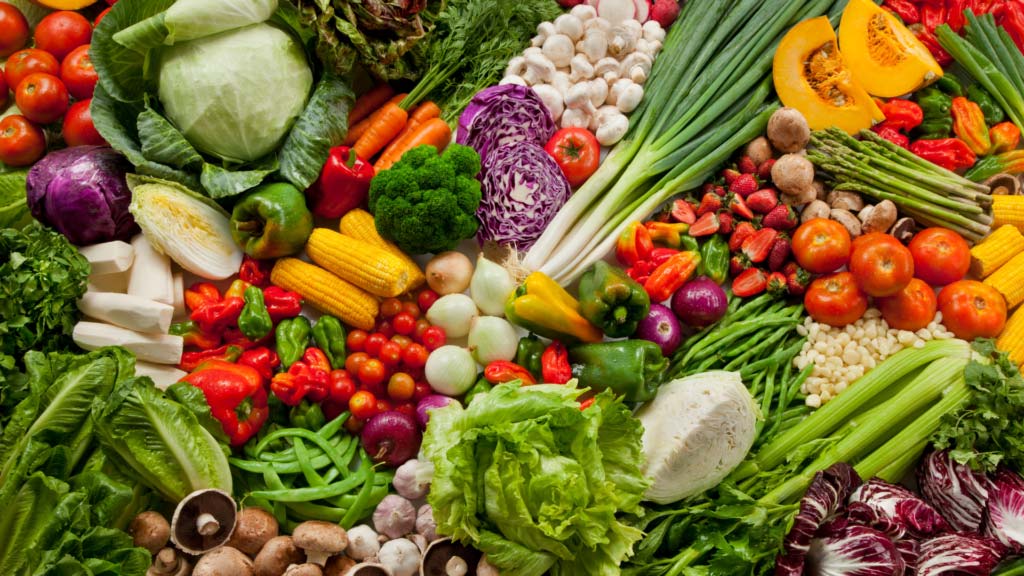
How to Eat More Vegetables
Use these 3 tips to learn how to eat more vegetables: vary your veggies, make veggies the main event, and make them taste and look goooood!
Connect and sync your brain to the information in our research-based articles below.

Use these 3 tips to learn how to eat more vegetables: vary your veggies, make veggies the main event, and make them taste and look goooood!
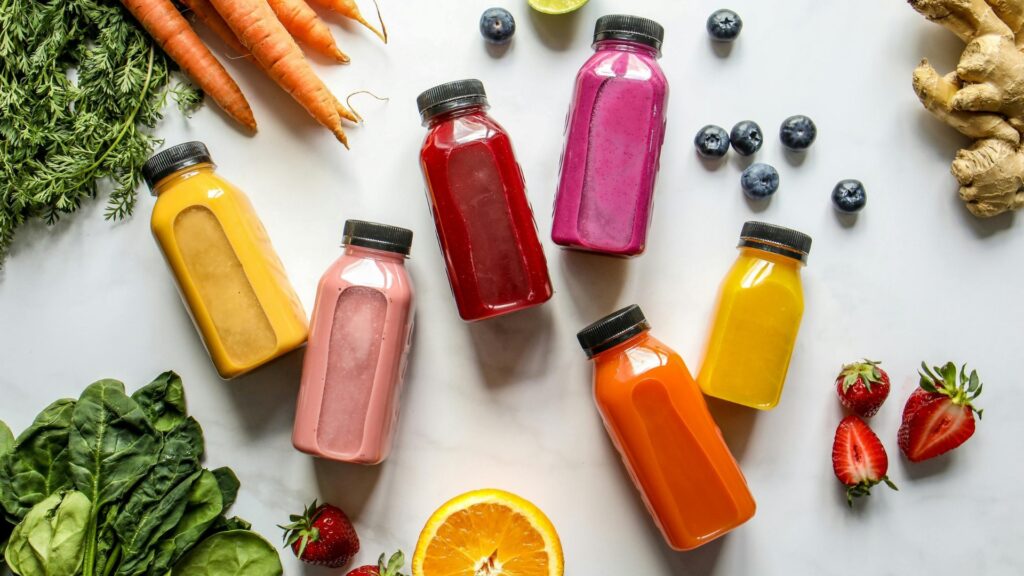
Many “detox” diets, programs, and treatments – often referred to as “detoxes” or “cleanses” – claim to flush toxins from the body, promote weight loss, relieve constipation, reduce headaches, muscle aches and fatigue, increase energy, and improve overall health. According to the National Center for Complementary and Integrative Health (NCCIH), a variety of approaches may be used for “detoxification” of the body, including dietary strategies and other methods.
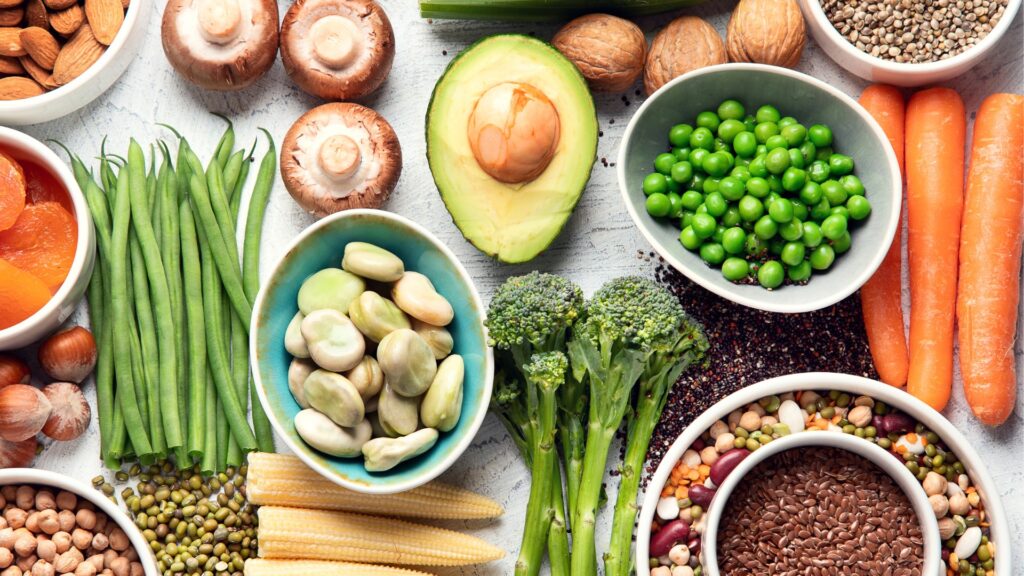
A common misconception is that plants are poor protein sources, often due to the belief that some plants don’t contain “complete” proteins. A complete protein provides all nine essential amino acids. An incomplete protein lacks one or more of the nine essential amino acids. Let’s begin by understanding these amino acids.

The Mediterranean diet, a healthy eating pattern commonly found among those living along the coast of the Mediterranean Sea, is one of the most well-studied dietary patterns worldwide and has been associated with a wide range of health benefits. The Mediterranean Diet is not a rigid meal plan but rather a flexible, healthy dietary pattern with shared characteristics inspired by the traditional flavors and eating habits of regions bordering the Mediterranean Sea, including 21 countries spanning from Spain and Portugal, across France, Italy, Greece, Turkey, to the Middle East.
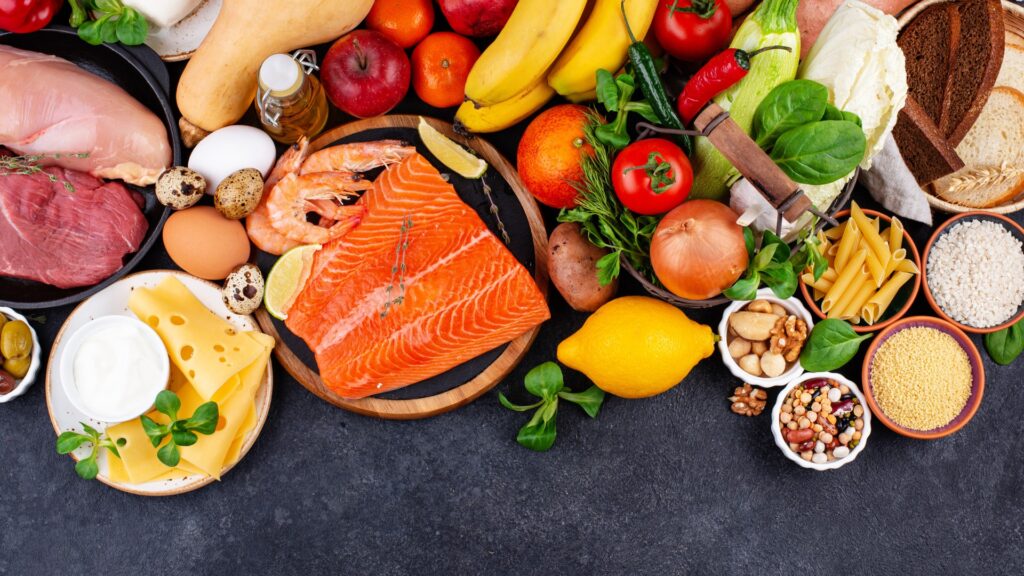
Hypertension, or high blood pressure, happens when blood pressure stays above 130/80 mm Hg, straining arteries and increasing the risk of heart disease, stroke, kidney issues, and cognitive decline. A diet rich in fruits, vegetables, whole grains, and low in sodium helps prevent and manage it.
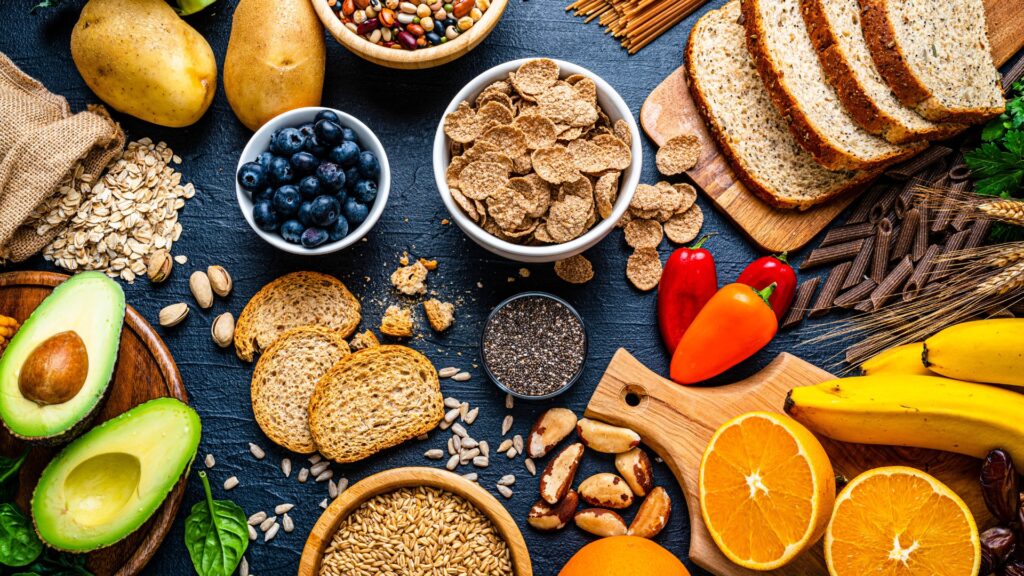
Dietary fiber is a type of carbohydrate that’s found in plant sources. Unlike other nutrients (fats, proteins, and other carbohydrates), dietary fiber is the part of the plant food that remains unaffected by the body’s digestive process.

Are you confused about sugar substitutes? –Wondering if they’re healthy? Sugar substitutes are also known as artificial sweeteners, non-nutritive sweeteners, or non-sugar sweeteners (NSS).

When you’re trying to cut down on added sugar, but a sugary snack attack comes on, what should you do? Here are some options that can help you turn that sugar craving into a healthy choice.

What can you do to reduce your added sugar intake? Find a myriad of ideas in this article – some with no added sugar and others to help you reduce the added sugar in the beverages you already enjoy. We have provided 5 ways to replace your sugar-sweetened beverages with healthier alternatives.
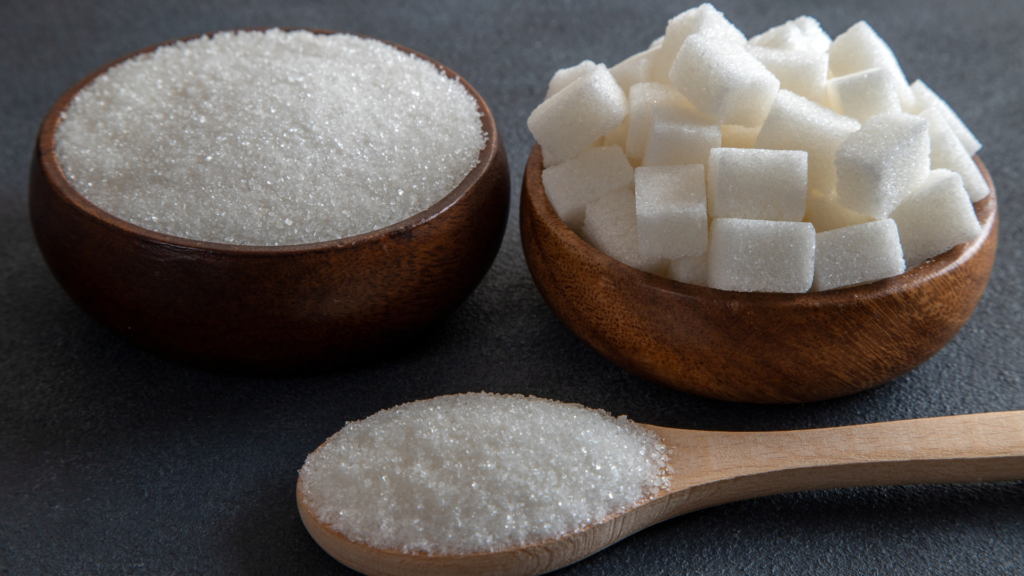
Our bodies need one type of sugar, called glucose, to function, but we don’t need added sugars. Glucose is used as fuel throughout the body.